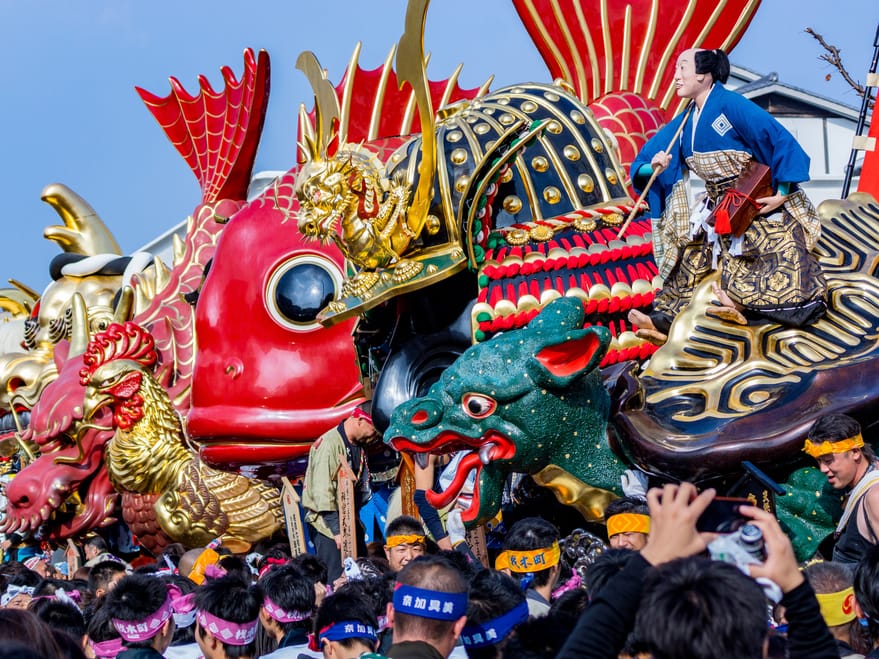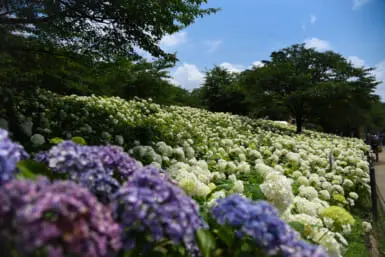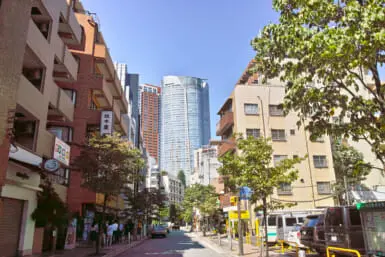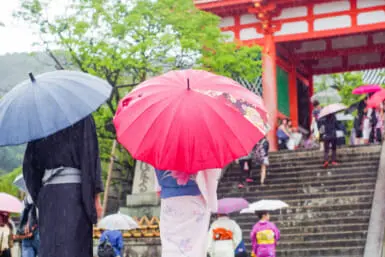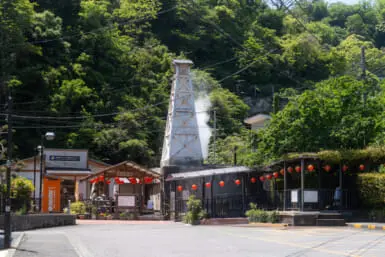If you enjoyed our recommended itinerary for finding your perfect Kyushu, you might decide you want to extend your trip by a few days to delve a little deeper into what’s on offer. If you happen to be planning your getaway for autumn, here are a few more things to do, see and eat while you’re in Saga Prefecture. (For even more things to do, check out our feature on “48 Hours in Saga.”)
FALL FOLIAGE
Daikozen-ji Temple
Not only revered for its autumn allure, this mountaintop temple in Kiyama was built in the early 800s, giving you the chance to view some of Japan’s oldest architecture including its reed thatched roof. Situated halfway up Mt. Chigiriyama, it’s surrounded by a forest of cedar, gingko, and maple trees, which are the leading ladies come mid-November. (It’s also become famous for its 50,000-odd azalea bushes, which are the main attraction during spring and have led to the temple being nicknamed Tsutsuji Tera, or Azalea Temple.) You’ll need to brave a long, steep stairway to reach the top, but the feeling of being inside a picturesque oil painting is worth the effort.
3628 Oaza Sonobe, Kiyama-Machi, Miyaki-Gun, Saga. ¥500 entrance fee in autumn (November and December). www.daikouzenji.com
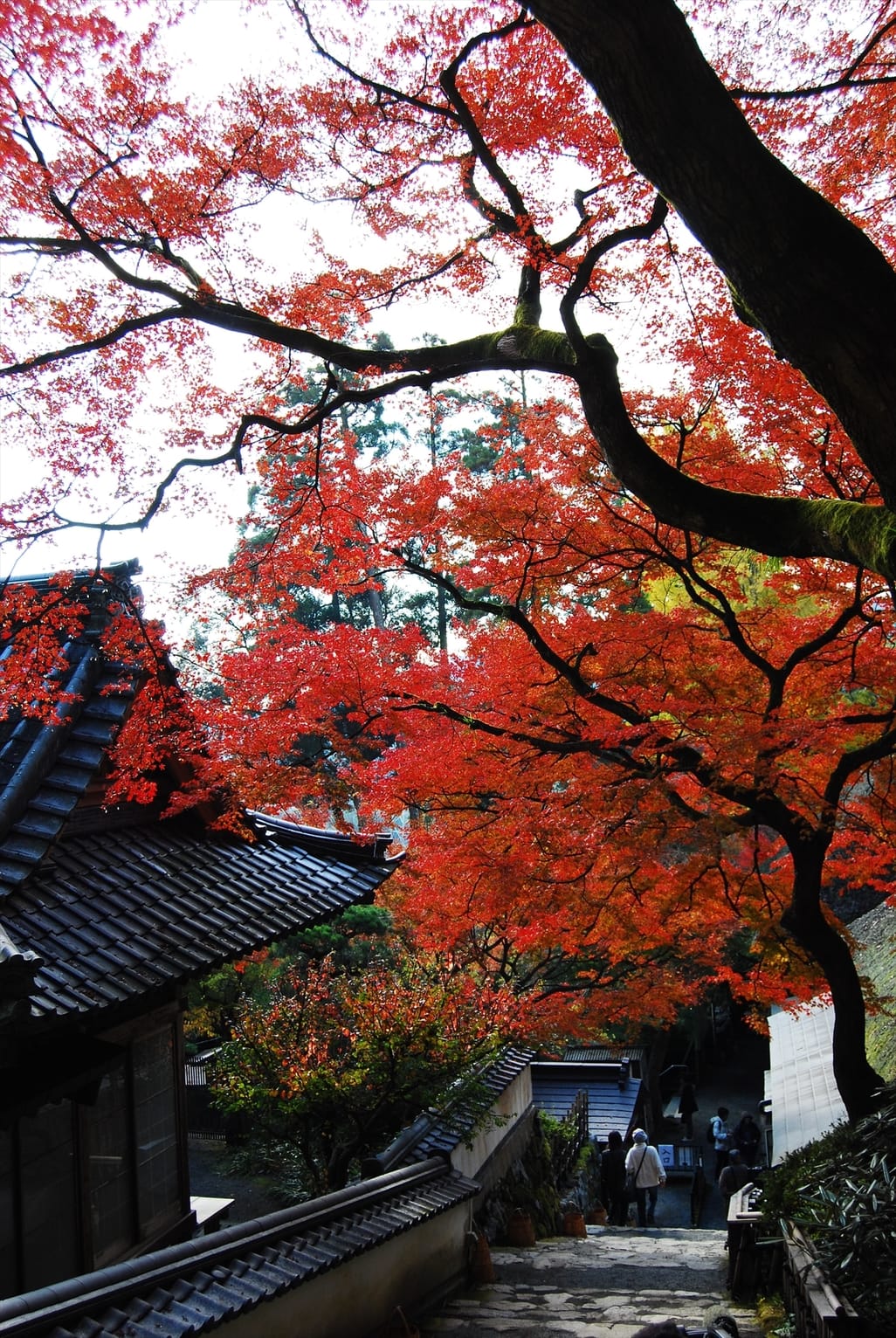
Daikozen-Ji Temple
Kunenan
There are several reasons to visit this former residence of Saga businessman Yataro Itami, but the mansion and its expansive gardens are probably most well-known for being one of the prefecture’s most exclusive momijigari (autumn leaves viewing) spots. As such, it’s only open for nine days at the peak of the fall foliage beauty: from November 15 to 23, 8:30am to 4pm. (It also opens for a limited time during spring.) The name Kunenan means “Nine-year House,” and refers to the fact that its garden took nine years to build, with construction beginning in 1900 and supervised by a Zen Buddhist priest. The architecture follows the traditional tea house style, while the garden shows off the art of shakkei – a style of gardening that “borrows” scenery from nearby landmarks and incorporates them into the design. Stroll amongst the azaleas and maple trees for an elegant autumn afternoon.
1696 Ikuwa, Kanzaki-machi, Kanzaki-shi, Saga. ¥300 entrance fee.
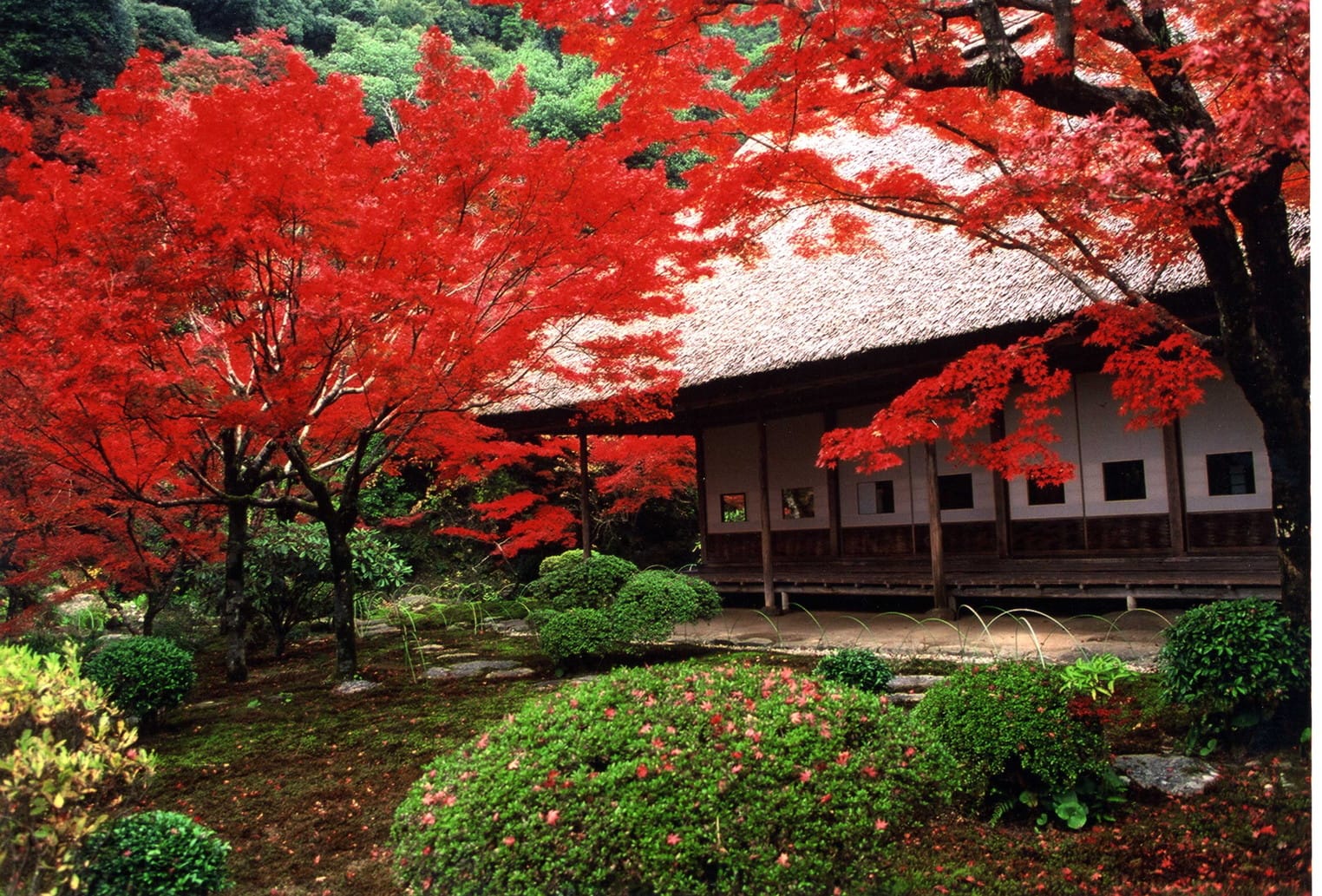
Kunenan
FALL FOR FOODIES
Ikizukuri Squid
Of course Japan in its entirety is famed for having the freshest, most delicious seafood, but if you want to experience local cuisine at its source, it’s best to visit a port town and try their speciality. In Saga, there’s one such city called Karatsu, which is famed for its port area called Yobuko. Here you should order ikizukuri – live squid that’s so live it squirms on your plate. Early risers will enjoy visiting the Yobuko Morning Market, where you can opt for dried squid should the live version be a tad too much for you. This market dates back to the early 1900s, and is considered one of the three biggest fish markets of Japan.
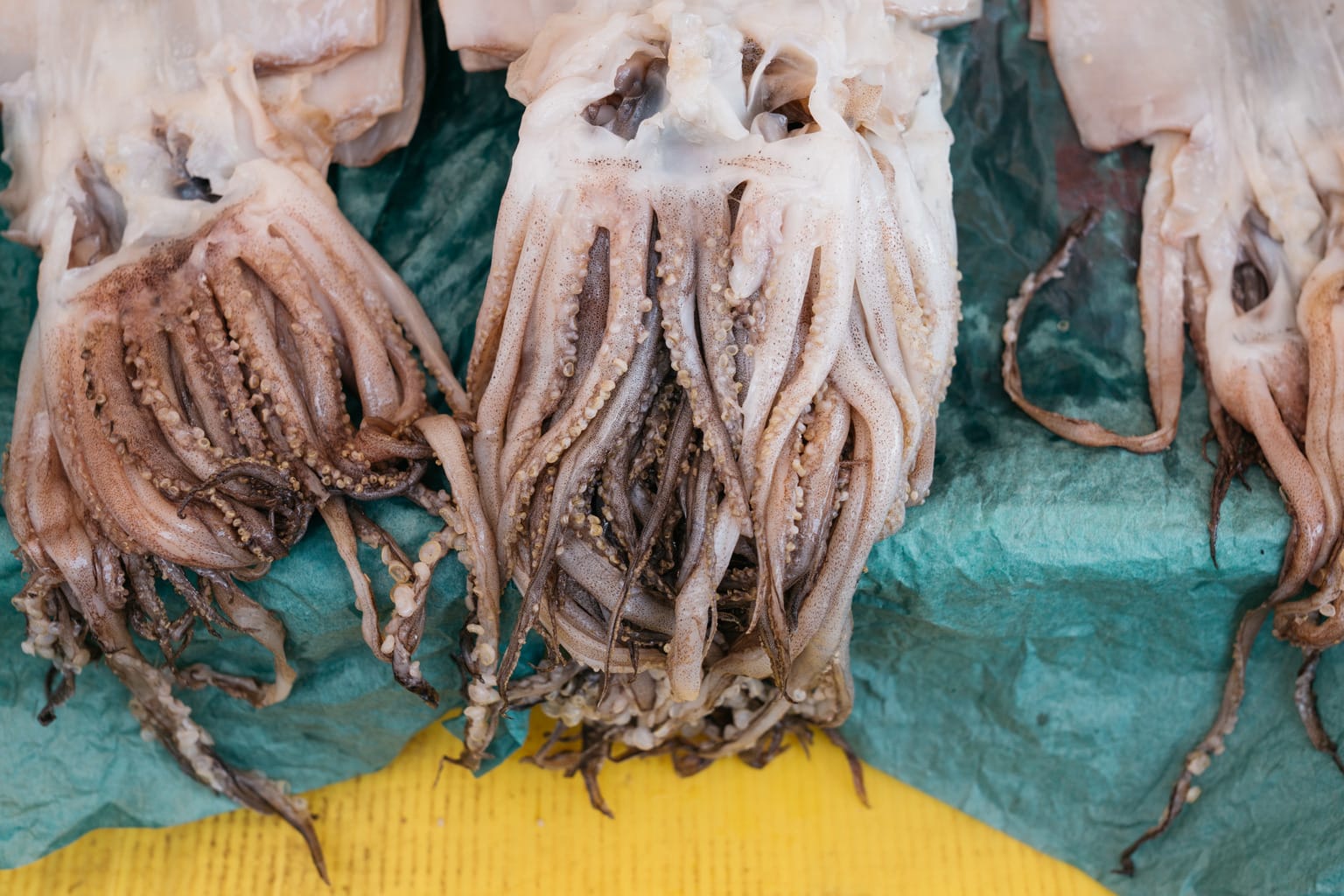
Yobuko Morning Market. Photo by Robert Kirsch
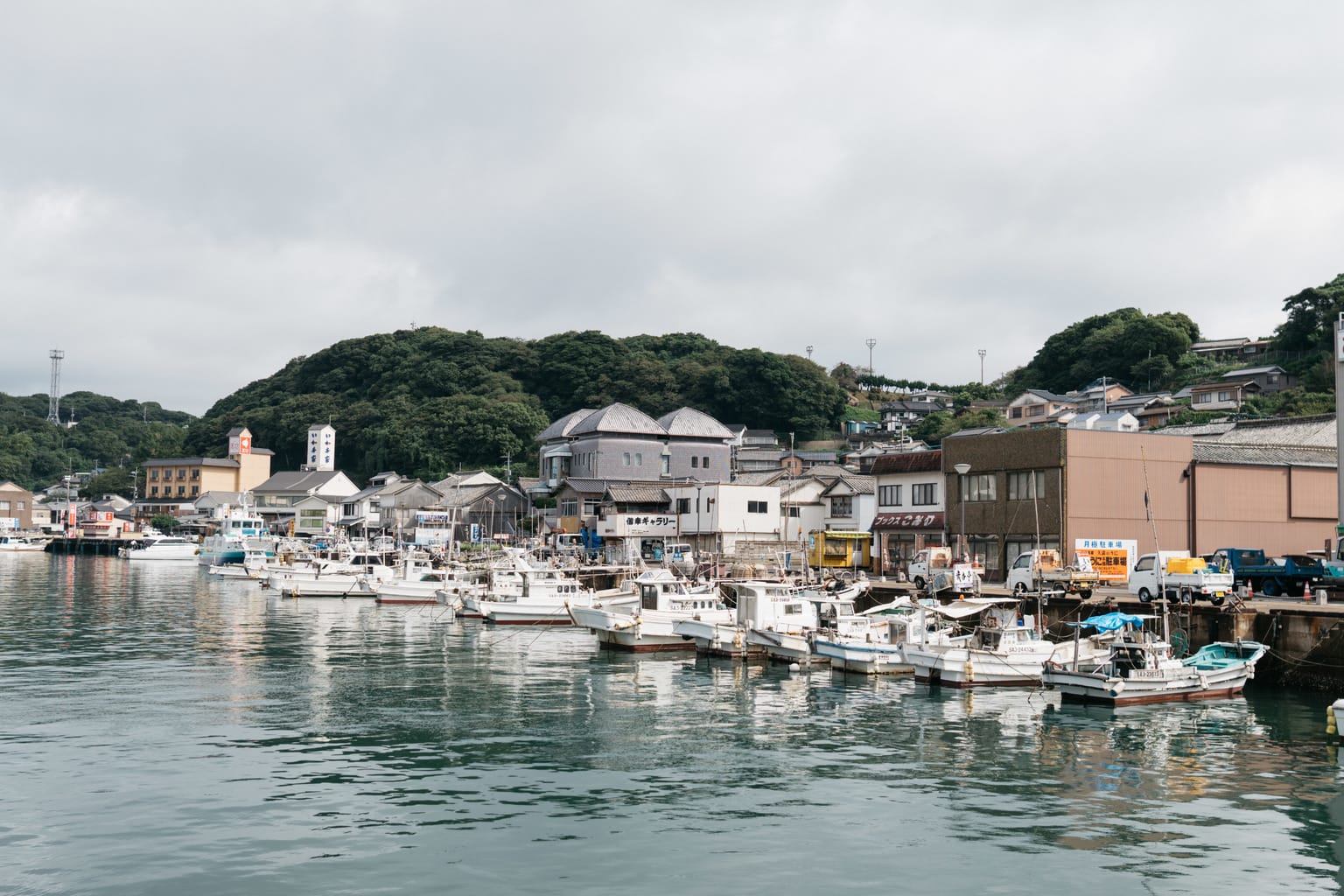
Karatsu port town. Photo by Robert Kirsch
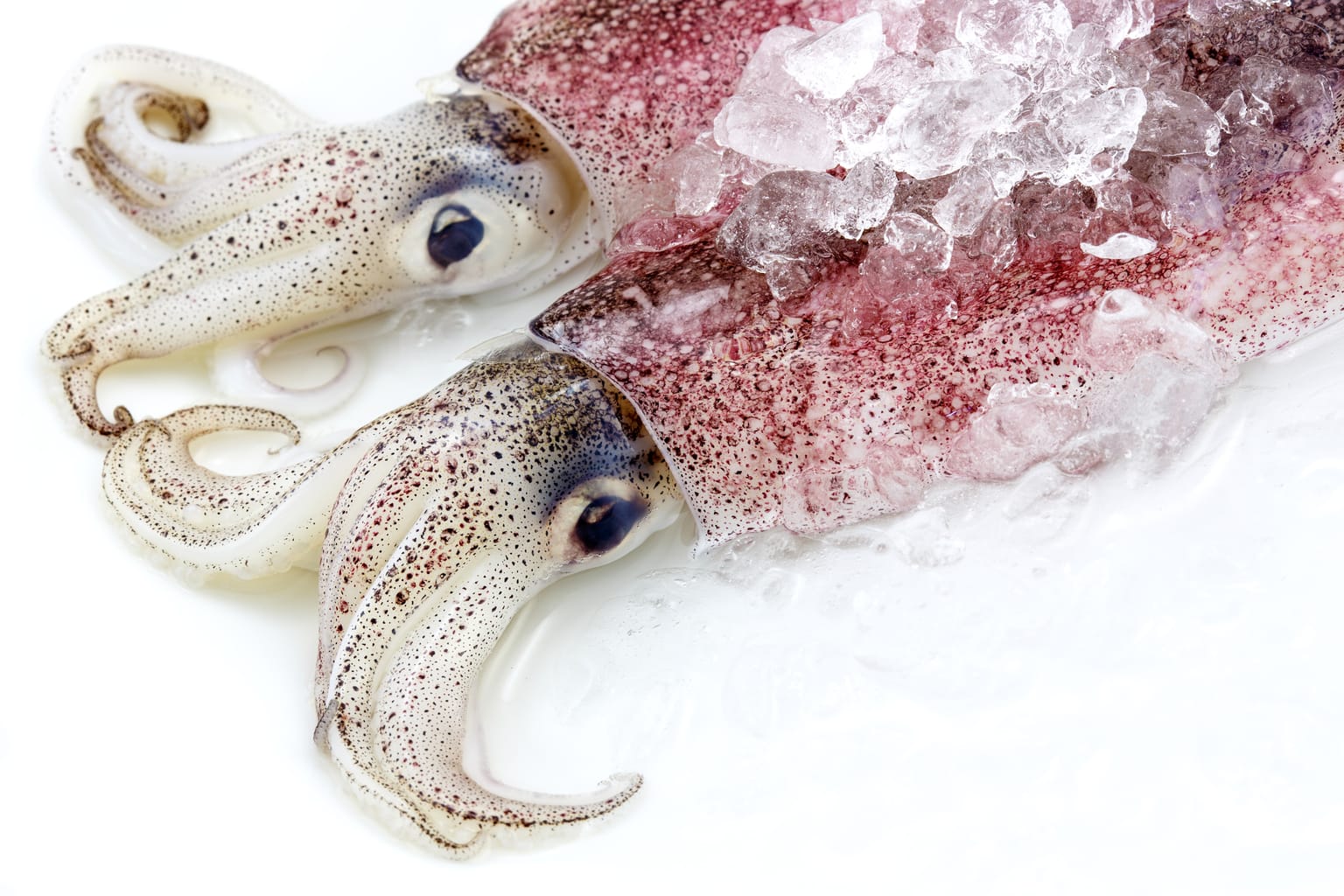
Ikizukuri live squid
Saga Beef
Known for being one of the best wagyu beef brands in Japan, Saga Beef benefits from the prefecture’s mild climate, pure water, and clean air. The Japanese Black cows are raised using expert breeding techniques, ensuring they do not experience any major stress. To taste this deliciously sweet and rich marbled beef, we recommend Kira, a renowned restaurant in central Saga that’s run by Japan Agricultural Cooperatives. We stopped by for lunch and ordered thin strips of Saga gyu, which we cooked ourselves on the iron plate grill in the center of the table, served with a large bowl of vegetables, salad, miso soup, rice, and pickles. Undoubtedly one of the most succulent beef dishes we’ve ever tasted. You can also order it as steak, or take a seat at the teppanyaki counter to watch the chef at work. (If you can’t make it all the way to Saga, note they also have a branch in Ginza, Tokyo.)
3-9-16 Otakara, Saga-shi, Saga. kira.saga-ja.jp/en
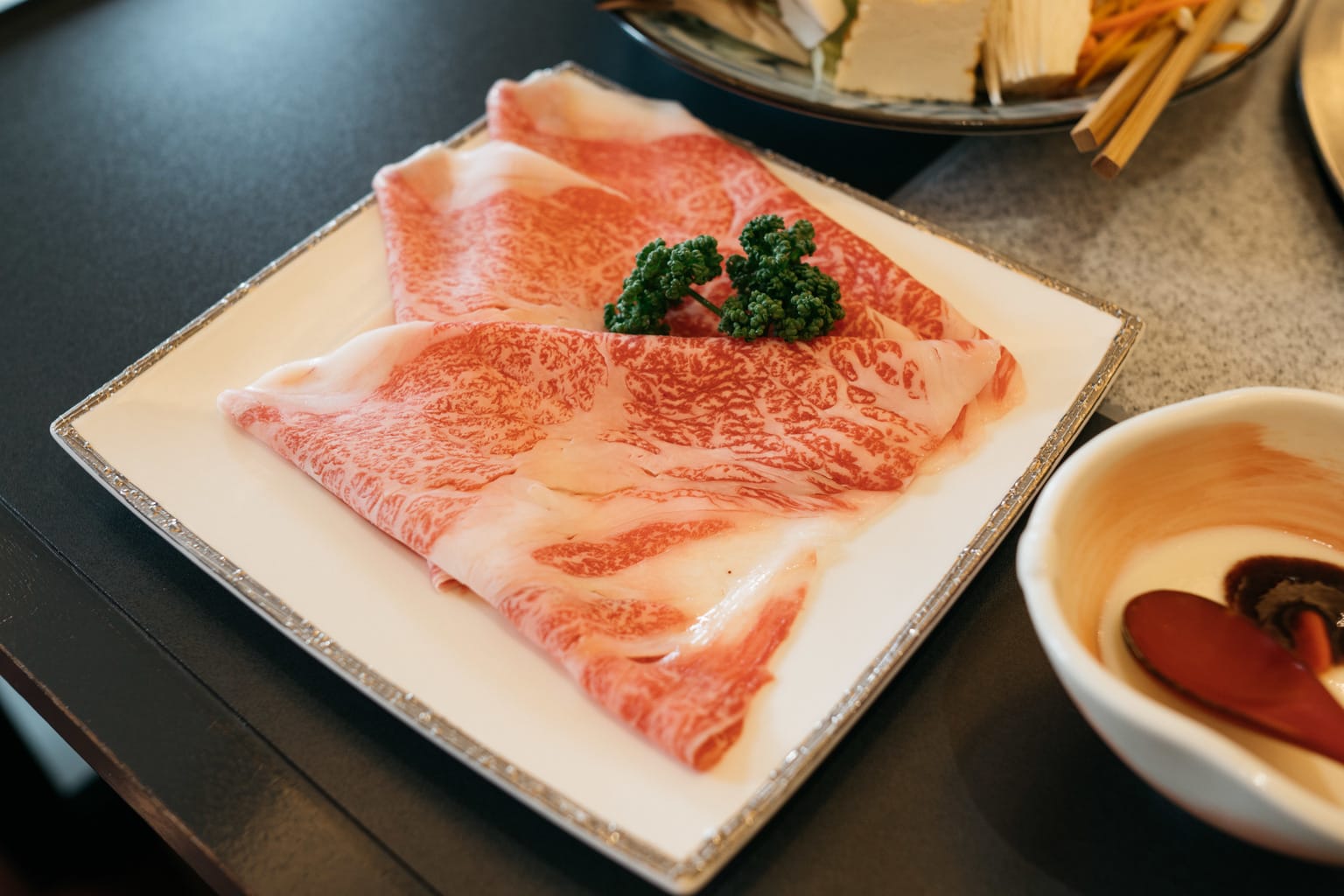
Saga beef. Photo by Robert Kirsch
FALL FESTIVALS
Karatsu Kunchi Festival
This autumn matsuri is held at Karatsu Shrine and is one of Kyushu’s major festivals, dating back about 400 years and attracting 500,000 visitors. What makes this festival particularly interesting is its unique hikiyama (giant floats). The first in the series of 14 was made by a woodcarving craftsman in 1819 and is called Akajishi (Red Lion float). The other 13 were all produced over the next 60 years, and feature awe-inspiring designs – probably the most unusual one is The Red Snapper, which literally looks like a fish and is meant to represent the fish markets from the old days. The floats each weigh two to five tons, and measure 4.5 to 6.8 meters in height. If you can’t make it in time to see the floats being hauled along the street, or through the sand on Nishinohama Beach, you can still see them on display at the Hikiyama Exhibition Hall (6-33 Nishi-Jonai, Karatsu-shi, Saga).
November 2-4, beginning at Karatsu Shrine, 3-13 Minami-Jonai, Karatsu-shi, Saga.
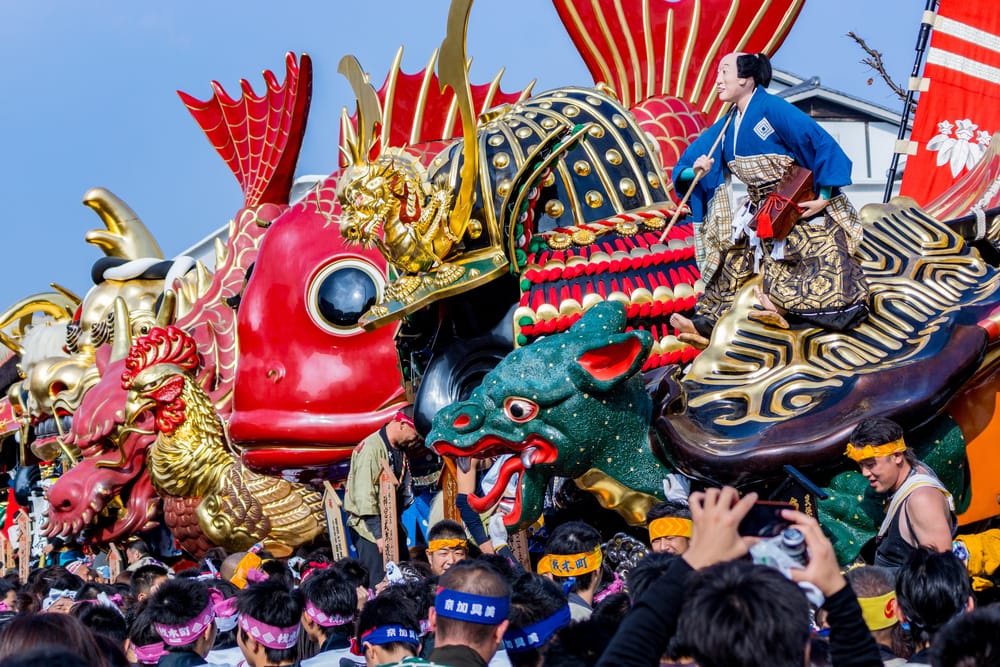
Karatsu Kunchi Festival
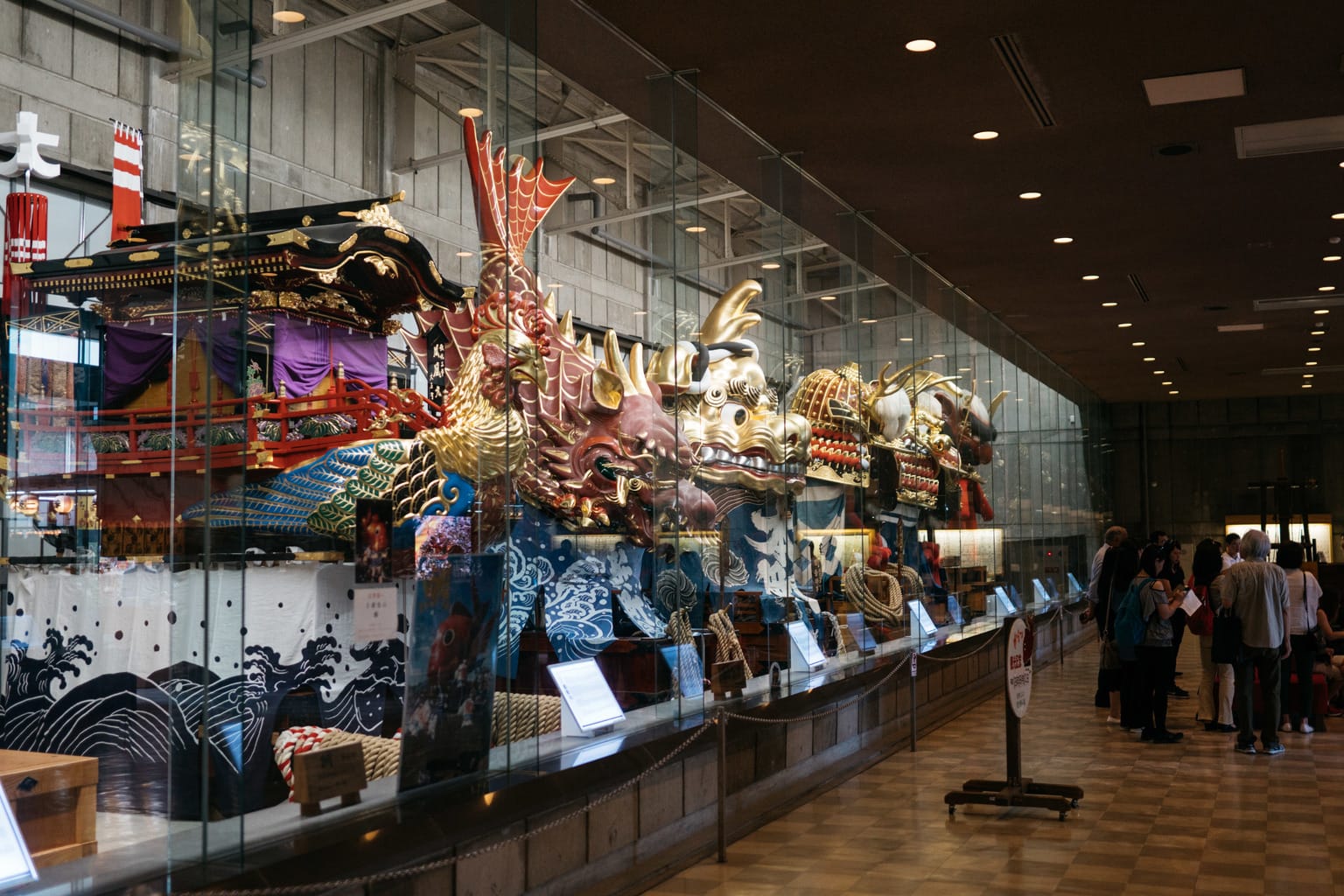
Hikiyama Exhibition Hall
Saga International Balloon Fiesta
Held annually at the beginning of November, along the Kase River, this international hot air balloon competition is the largest of its kind in Asia. Boasting over 800,000 visitors every year, the event sees around 100 colorful balloons gathering and taking flight before landing several kilometers away from the fiesta grounds. There are competitive flights, which are held twice a day; the official balloons, which fly just before the main competition begins; and the Fantasia balloons, which are shaped to look like animals and cartoon characters, and are inflated every morning although they don’t actually lift off the ground.
November 1-5, 2017. www.sibf.jp/en
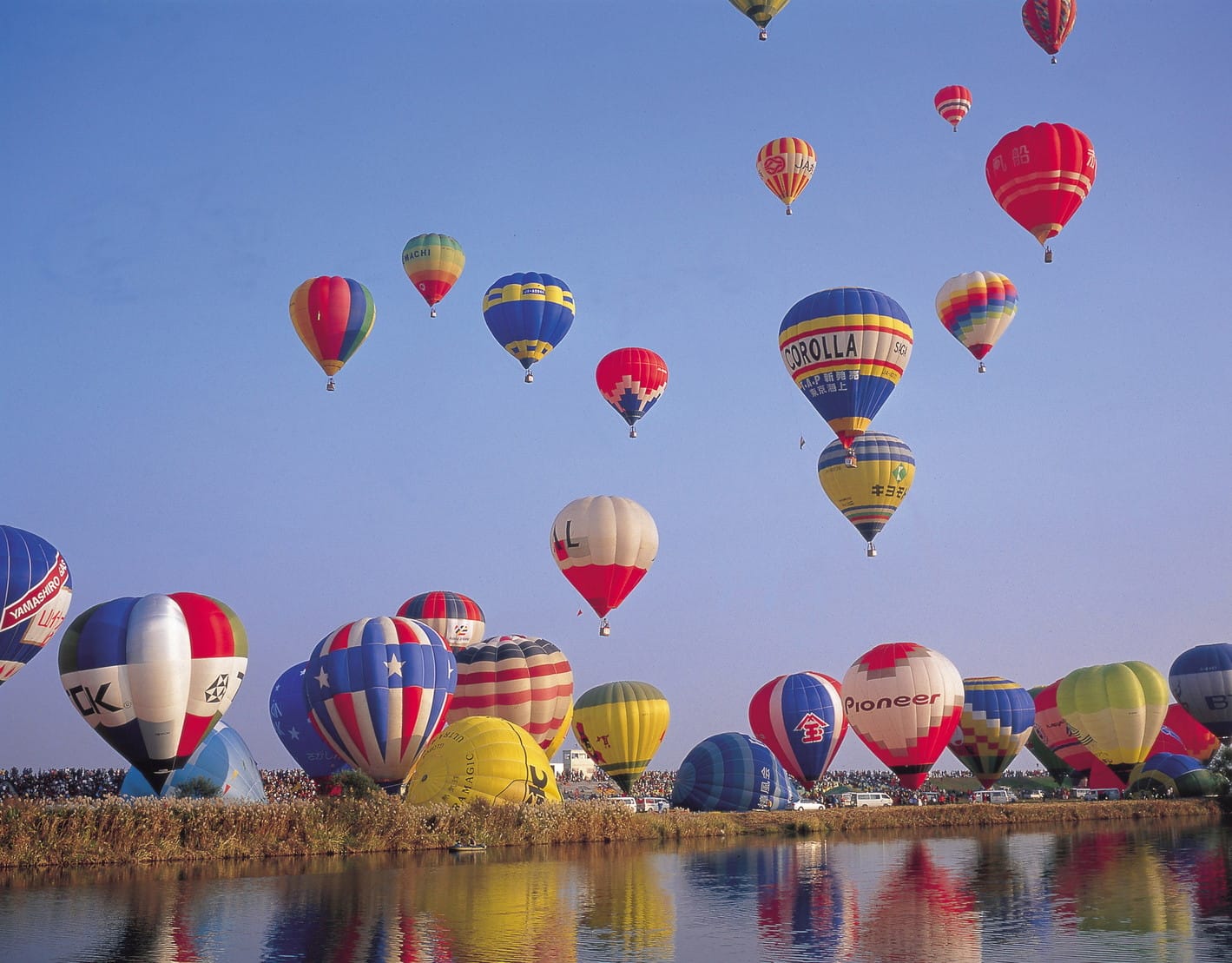
Sponsored Post

